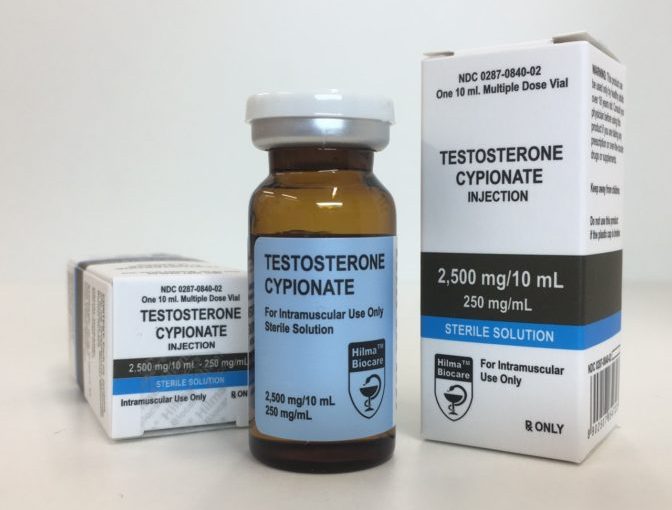Testosterone Cypionate
When sodium bicarbonate is released dissociation bicarbonate anion binding hydrogen testosterone cypionate ions to form a carboxylic acid which is then decomposed into water and carbon dioxide exhaled. As a result, the blood pH shifts in the alkaline side, increasing the buffer capacity of the blood. The drug also increases the body’s excretion of sodium and chloride ions, increases osmotic diuresis, urine, preventing the deposition of uric acid salts in the urinary system. Inside cells bicarbonate anion does not penetrate.
Indications for Use
Uncompensated metabolic acidosis in various diseases, such as intoxication of various etiologies, extensive burns, shock, diabetic coma, prolonged diarrhea, uncontrollable vomiting, acute massive blood loss, severe liver and kidney damage, prolonged fevers, severe hypoxia neonatal postoperative .
Contraindications
Metabolic alkalosis, hypersensitivity, hypokalemia, hypernatremia.
Side effects
Nausea, vomiting, anorexia, abdominal pain, headache, anxiety, increased blood pressure.
Overdose
If overdose may develop decompensated alkalosis, tetanic convulsions.
With the development of alkalosis stop administering the drug at risk of developing seizures injected calcium gluconate.
The interaction with other drugs
in the solution of sodium bicarbonate, Escom can not dissolve the acidic substance testosterone cypionate (ascorbic acid, nicotinic and other acids), alkaloids (atropine, apomorphine, caffeine, theobromine, papaverine, etc.), Cardiac glycosides, calcium, magnesium, heavy metals (iron, copper, zinc), since the precipitation occurs, or the hydrolysis of organic compounds. Do not mix with phosphate-containing solutions.
It may enhance the effect of antihypertensive drugs.
Cautions
In applying the drug to control the acid-base status of the blood. In patients with underlying heart disease or kidney disease may develop heart failure and edema.
Product form
The solution for infusion testosterone cypionate glass bottles for domestic or import blood transfusion and infusion preparations with 100, 250 and 450 ml. On 1 bottle with instruction on use is placed in a pile of cardboard.
In 15 bottles with a capacity of 450 ml or 28 bottles with a capacity of 100 or 250 ml with instructions for use in an appropriate amount is placed in a box made of corrugated cardboard or packaging of heat-shrinkable plastic film (for hospitals).











